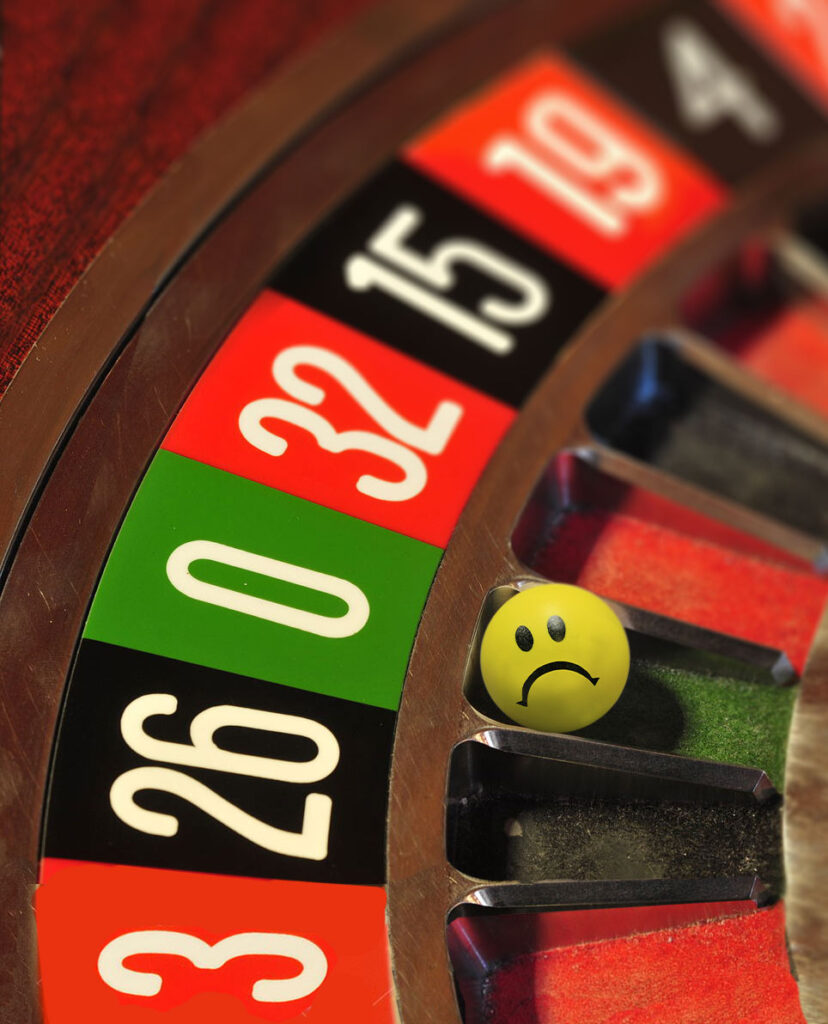(Part two of two)
So-called “gifted and talented” programs have lately come under fire for their inherent racism and classism. No matter what criteria are used to determine eligibility, they tend to underrepresent (or exclude entirely) children of color and children who don’t receive educational support at home. Not surprisingly, the More Able Learners (MAL) cohort of which I was a member was 100 percent white and middle class. (Of course, this was in the 1960s, when “diversity, equity, and inclusion” was not a phrase that was yet in anyone’s vocabulary.)
When we look critically at exclusionary groups like the MAL program, we tend to concentrate (rightly) on the harm done to those who are excluded. But it’s also worth noting the negative effects on the people who are included. Spending our school days, year after year, with the same small group of students meant that we never developed relationships with the others who attended our school — not only those of other races and classes, but even those whose backgrounds were similar to ours, but who had not been given the same rich and intense educational experience that we had. We were set apart, ignored by most students and resented by others.
To be honest, I spent my first few years unaware that this was a problem. I had always been different, even within my own family, so social isolation was the norm for me. But within our class there was a mounting sense of discomfort. Spending our formative years in an unchanging social environment was taking a toll on our emotional development. We were getting on each other’s nerves. Some of us were exhibiting behavioral problems, or were paying less attention to our schoolwork. By the time we were in sixth grade, a school psychologist was visiting our class twice a week to talk with us, leading hour-long sessions that can only be described as group therapy. It began to dawn on me that being special was not all it was cracked up to be.
Our isolation was eased a bit when we got to junior high school (which, in our district, comprised seventh, eighth, and ninth grades). Outside of core subjects such as English, math, and science (in which MAL students were still a year ahead of our peers), we began to take classes with students from outside our program. We were, however, still geographically segregated — confined to a single school, which, in this case, was the less popular and less “cool” of our district’s two junior high schools. A couple of students actually dropped out of the MAL program so that they could be transferred to that other school. By all reports, they remained regret-free about their decision.
Our participation in this grand educational experiment ended when we entered tenth grade. At that time, students from both junior high schools were funneled into our district’s single high school, and the MAL designation was lifted entirely. We were suddenly normal, HR-level students, randomly mixed with other classmates from the school’s 3,000-student population.
For me, that initial encounter felt like what I imagined an anthropologist might experience when exploring an unknown culture. The conventionally-educated students seemed happy and well adjusted, with a thriving social network. They all seemed to know each other. So far as I could tell, they were as smart, capable, and imaginative as any of us in the MAL program. They still could do a geometric proof or dissect a fetal pig, even if they’d done those things a year later than I had. Not having read the Great Books, studied Impressionist art, or seen Marilyn Horne perform at the Metropolitan Opera didn’t seem to have damaged them at all.
I was in the familiar position of being on the outside looking in, but what I was looking at now was an alternate-universe vision of myself — the person I possibly could have been.
I don’t know whether the problem was with the MAL program itself, or whether it just interacted badly with my particular cohort. My sister, three years behind me, was herself admitted to MAL, and she didn’t seem to suffer any ill effects. (Unknown to me, she copied a term paper that I’d written in eighth grade, turned it in to the same teacher, and got a better grade on it than I had.) A few years later, the program was quietly dropped, although I have no idea whether it was for educational, social, or budgetary reasons.
Ever since then, however, I’ve strongly believed that what you learn is not nearly as important as the circumstances in which you learn it. Students who have been made to feel comfortable with who they are, who develop within a social environment based on mutual respect and the belief that everyone has a role to play in their community, are better prepared to make use of whatever education they receive.



Recent Comments